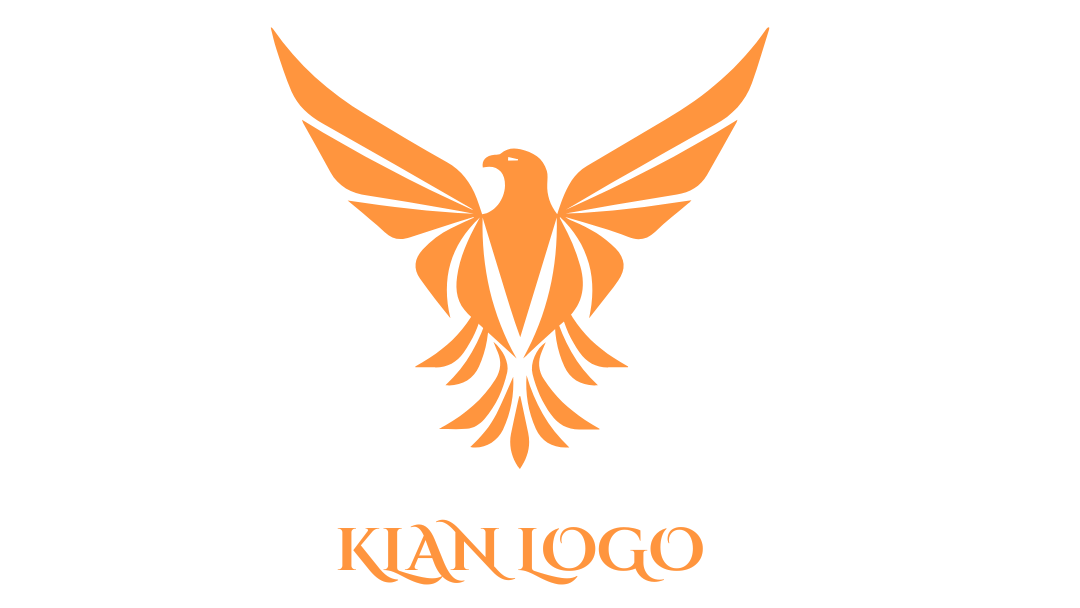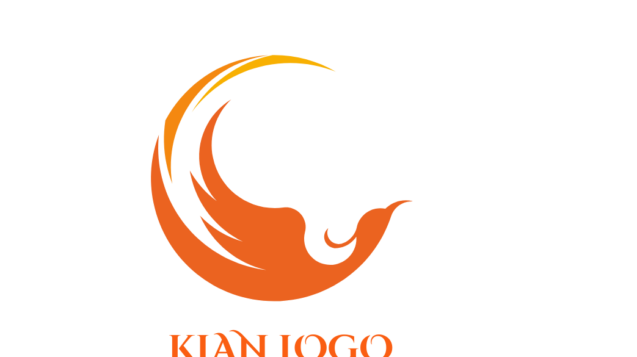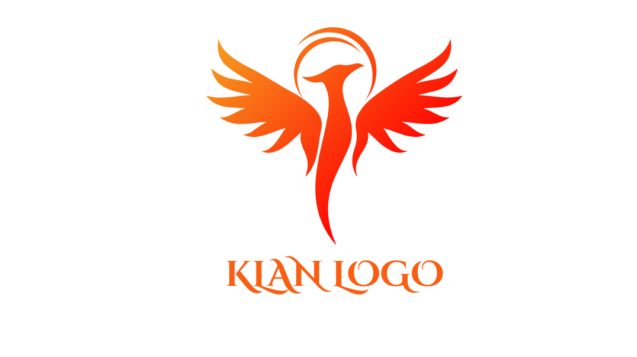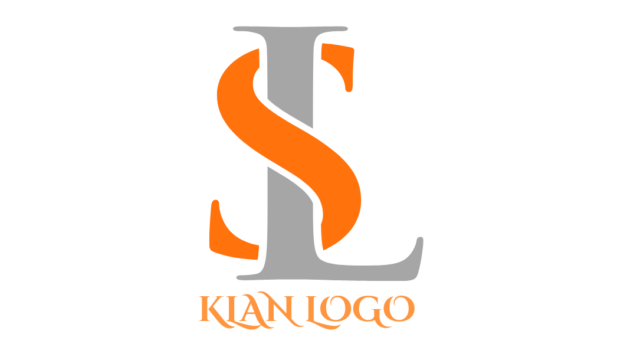
Creating a project portfolio for a web design company focused on increasing traffic through SEO applications involves showcasing your expertise while clearly communicating how you can help clients achieve their digital marketing goals. Here’s a structured approach to developing your project portfolio content.
Project Portfolio Structure
1. Introduction
- Company Overview: Briefly introduce your web design company, highlighting your mission and values.
- Focus on SEO: Emphasize your specialization in designing websites optimized for search engines to increase traffic.
2. Project Case Studies
Each case study should follow a consistent format to maintain clarity and professionalism. Here’s how to structure them:
Case Study Format
- Project Title: Name of the project.
- Client Background: A short description of the client and their industry.
- Objectives: Outline the specific goals related to traffic increase and SEO improvements.
- Challenges: Describe any challenges faced during the project.
- Solutions Provided:
- Detail the web design strategies implemented (e.g., responsive design, user experience enhancements).
- Explain the SEO techniques used (e.g., keyword optimization, content strategy, backlinking).
- Results:
- Include measurable outcomes such as percentage increases in organic traffic, improved search rankings, or enhanced user engagement metrics.
- Use visuals like graphs or screenshots to illustrate success.
3. Portfolio Highlights
- Featured Projects: Showcase a selection of standout projects that best represent your capabilities in web design and SEO.
- Visual Elements: Incorporate high-quality images or videos of the projects, ensuring they are visually appealing and highlight key features.
4. Testimonials
- Client Feedback: Include quotes or testimonials from satisfied clients that speak to your effectiveness in increasing traffic through SEO-driven web design.
- Impact Statements: Share specific statements about how your work has positively impacted their business.
5. Services Offered
- Web Design Services: List the services you provide, focusing on aspects that enhance SEO, such as:
- Responsive and mobile-friendly designs
- Fast loading speeds
- User-friendly navigation
- Content management systems (CMS) optimized for SEO
- SEO Services: Detail your SEO offerings, including:
- Keyword research and implementation
- On-page and off-page SEO strategies
- Analytics and performance tracking
6. Call to Action
- Encourage potential clients to reach out for consultations or quotes. Provide clear contact information and links to schedule meetings.
Design Considerations
- User Experience (UX): Ensure that the portfolio is easy to navigate, with a clean layout that allows visitors to find information quickly.
- Visual Appeal: Use a cohesive color scheme and typography that aligns with your brand identity while making the content engaging.
- Mobile Responsiveness: Ensure the portfolio looks great on all devices, as many users will access it via mobile.
Conclusion
By structuring your project portfolio around these key elements, you can effectively showcase your web design capabilities while emphasizing your expertise in increasing traffic through SEO applications. This not only attracts potential clients but also establishes your company as a leader in combining web design with digital marketing strategies.



